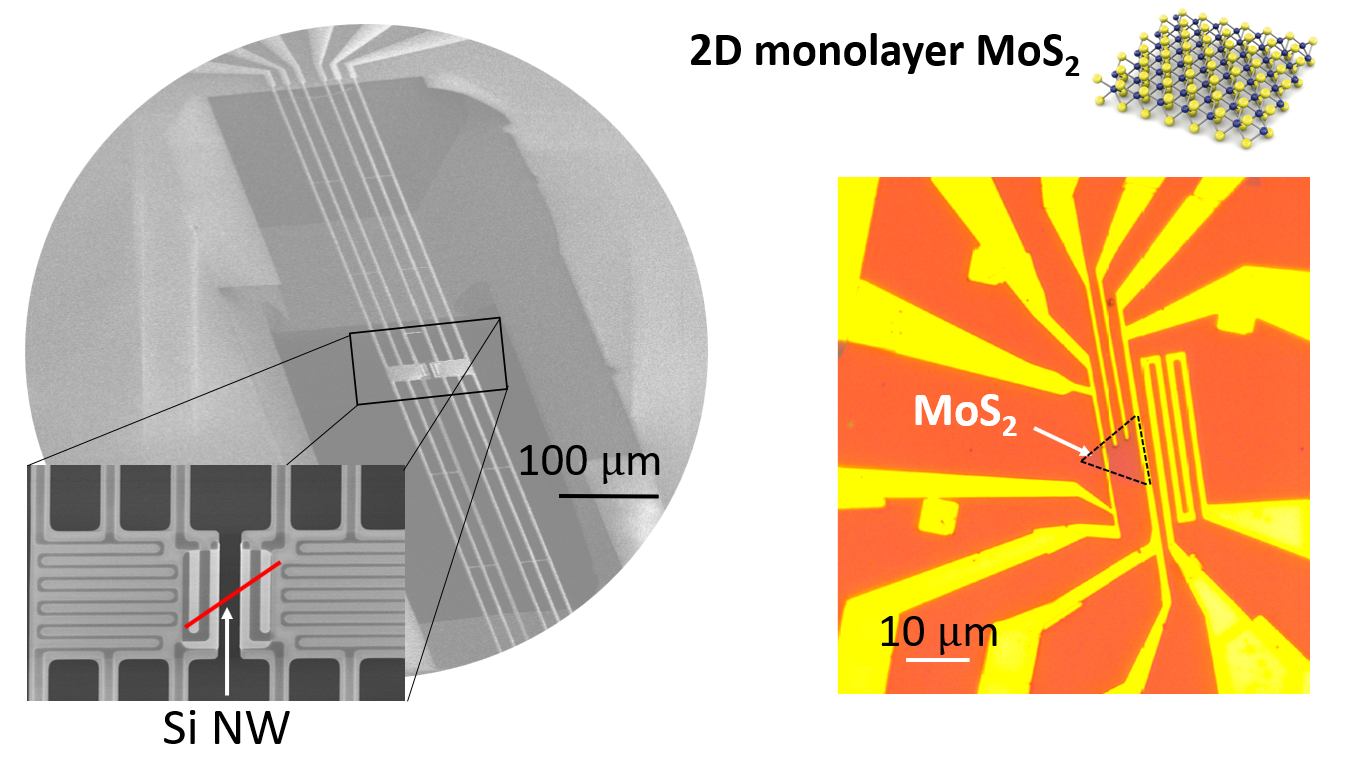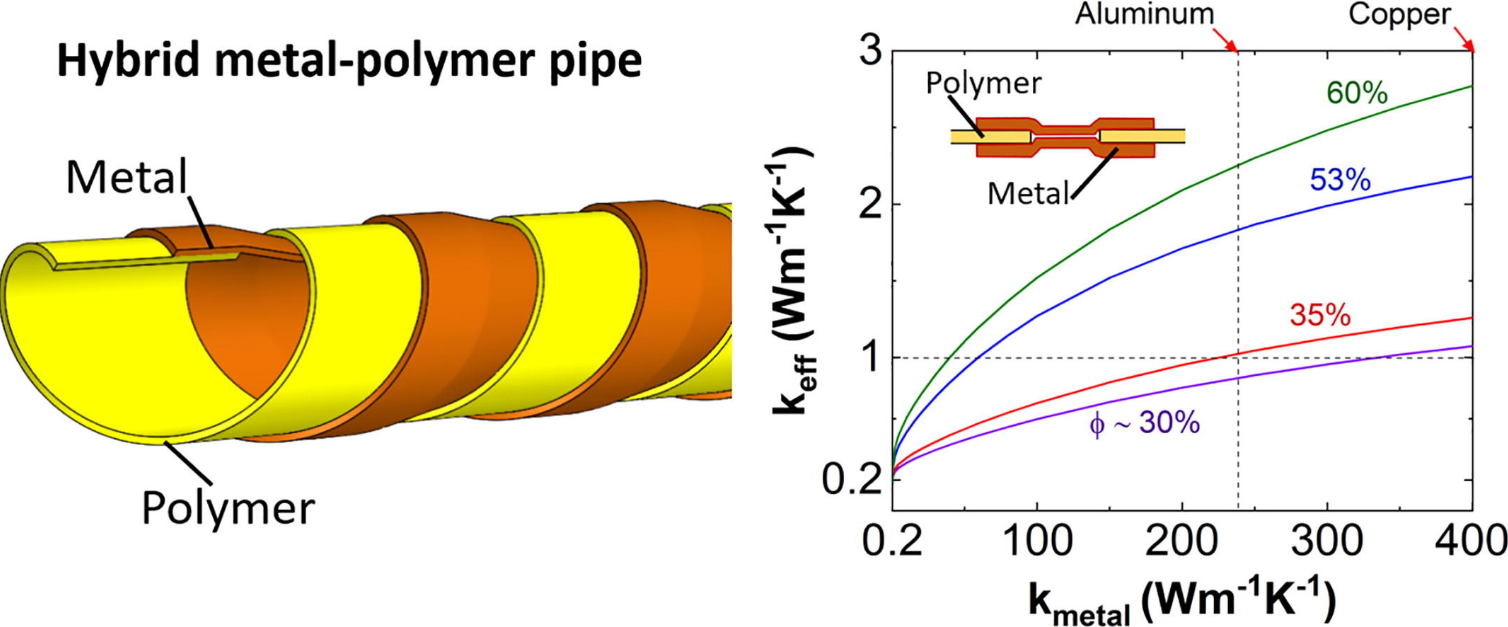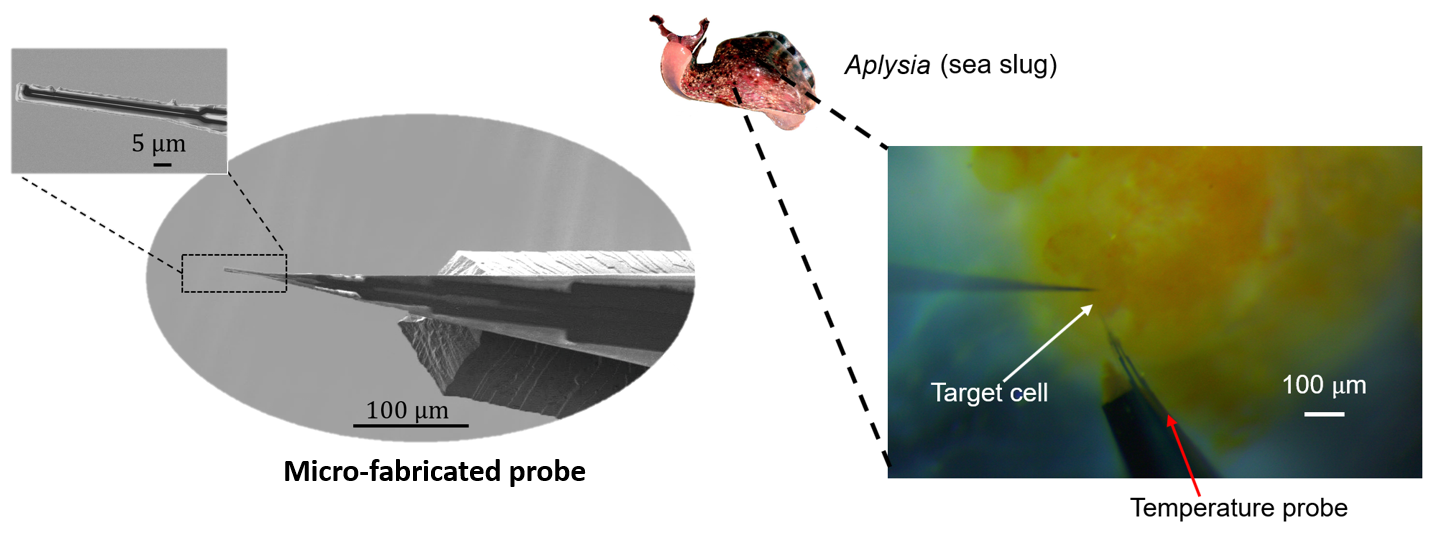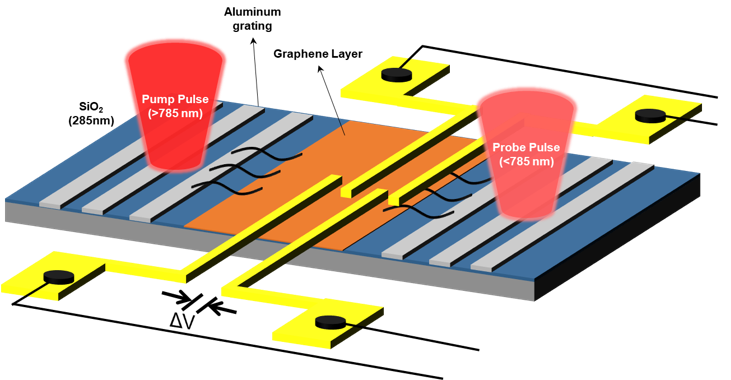 Large-scale nanowire arrays (left, with Ferreira group) for thermoelectric waste heat harvesting (right)
waste heat harvesting
Large-scale nanowire arrays (left, with Ferreira group) for thermoelectric waste heat harvesting (right)
waste heat harvesting
 Engineered surface roughness in nanowires (left) controls phonon transmission through multiple scattering(right)
thermoelectric materials physics
Engineered surface roughness in nanowires (left) controls phonon transmission through multiple scattering(right)
thermoelectric materials physics
 Calorimetry of sub-20 nm polymers (left) and conversion time in carbonation of lime nanoparticles (right).
thermal energy storage
Calorimetry of sub-20 nm polymers (left) and conversion time in carbonation of lime nanoparticles (right).
thermal energy storage
 Silicon inverse opal (left, with Braun group) exhibit coherent phonon grain boundary scattering (right).
nanoscale phononics
Silicon inverse opal (left, with Braun group) exhibit coherent phonon grain boundary scattering (right).
nanoscale phononics
 Simulated fields in metallic core-dielectric shell cylinder (left) and soft-lithography of sub-wavelength structures (right).
thermal plasmonics
Simulated fields in metallic core-dielectric shell cylinder (left) and soft-lithography of sub-wavelength structures (right).
thermal plasmonics
 Transport across transfer-printed interfaces (with Cahill/Rogers) and percolation of thermal conductivity (right).
fundamental phonon transport
Transport across transfer-printed interfaces (with Cahill/Rogers) and percolation of thermal conductivity (right).
fundamental phonon transport
Brief descriptions of current topics follow.
Thermoelectric characterization of 1-D and 2-D materials
Literature has predicted that nanostructured materials will have higher thermoelectric figure of merit than bulk materials. This work will involve measuring the thermal conductivity and Seebeck coefficient of one-dimensional silicon nanowires and two-dimensional molybdenum disulfide.

Hybrid heat exchangers
Low temperature (< 230 C) exhaust gas streams constitute ~60% of the unrecovered waste heat from industrial processes in the US1. The latter is estimated at ~1.5 QBtu per year. Recovering waste heat from these sources is especially challenging due to the small temperature difference available for heat exchange (or work conversion)2, 3 that dramatically increases the size and/or cost of the heat exchanger. Further, condensable corrosives in the typical exhaust stream reduce lifetimes drastically if the stream cools below 150 C. There is therefore, no viable heat exchanger (HX) technology for low-grade waste heat recovery (WHR) today that meets the required payback period of <3 years. We are working on a novel metal polymer heat exchanger which eliminates the high cost of all-metal heat exhangers and low thermal conductivity of all-polymer HX.

Intracellular Temperature Measurements
We developed a micro-thermocouple probe to measure changes in intracellular temperatures. Specifically, we developed a sensing scheme that can enable measuring high-speed (transient) changes in intracellular temperatures lasting around 100 ms. Conventional techniques that use fluorescence, or resistive thermometry, are limited to measurements that are averaged over 4 s or longer. The transient measurement technique that we built was crucial, given the dynamics of the metabolic reactions. Mitochondria is the power house of the cell, producing heat whenever there is a demand, such as when you are in a cold environment. During induced thermogenesis, mitochondria short-circuits an internal battery of protons, producing a short-lived (1 s) heat.

Acoustics in Suspended Silicon Nanowires and Membranes
The integration of nanostructured devices into existing bulk structures will involve heat transfer between two fundamentally different geometries, which is still not fully understood. We are using time-domain thermoreflectance and other optical techniques to probe the phonon transport and boundary scattering in this system.

Fabrication of Additively Manufacturable Heat Pipes
Heat pipes are pressure-driven devices with high thermal conductivity based on the principle of phase change. The rise of additive manufacturing has initiated interest in heat pipes that could be produced inexpensively and with novel geometries. Chemical and plasma etching techniques are promising methods of enhancing the wettability of plastic so that it can be used in heat pipes. Tradeoffs between ease of manufacturing and actual performance during testing will be explored. This research has applications where inexpensive, versatile heat transfer design is important.

Thermochemical heat storage
We are developing a portable heat storage device which will tap the reversibility of certain metal hydroxide reactions. This device will store energy chemically using low-grade waste heat which is abundantly available.
Following is a list of selected past projects.
Waste Heat Harvesting using Nanostructured Thermoelectrics
Nearly 60% of the total energy consumption in the US is wasted as heat. A significant fraction of this consists of heat sources at too low a temperature (< 100 C) to viably extract useful work using fluid machines. Thermoelectric devices are solid-state heat engines that directly convert a temperature gradient into an electrostatic potential and can act as a battery running on waste heat sources. A key technical challenge involves finding a scalable thermoelectric material with a high efficiency of conversion. Typical conversion efficiencies of thermoelectrics are only a few % of the Carnot limit thus rendering them unattractive as heat engines. Further, the best materials involve rare earth elements and are not scalable. Our effort is to improve the efficiency of thermoelectrics based on scalable materials such as silicon, using nanostructures such as roughened nanowires to tailor electron and phonon transport for optimal conversion efficiency.
Thermal Energy Storage
While electrochemical storage has attracted much attention recently, the world's energy usage continues to be predominantly thermal centric. High density thermal energy storage has a key role in improving the efficiency of thermal energy consumption and conversion in applications such as concentrated solar power and electric vehicles. Our effort here is to increase the volumetric and gravimetric storage density using new nanomaterials and heat transfer engineering.
Nanofabrication
We collaboratively develop novel fabrication techniques for nanostructures of specific interest to transport physics and engineering. Current examples are large-scale, high-density arrayed silicon nanowires using metal-assisted chemical etching, soft lithography and transfer-printing.
Thermal Engineering of Transfer-Printed Interfaces
We recently reported the first measurement of thermal conductance across transfer-printed interfaces. Transfer-printing relies on kinetically controlled adhesion to enable large-scale assembly of devices on diverse substrates. Our investigation is focused on understanding the role of contact mechanics at the nanoscale in promoting thermal transport. We have also investigated the possibility of using such interfaces in electrostatically controlled thermal switches.
Cooling Handheld Devices Using Phase Transitions
Phase change materials (PCMs) store thermal energy through a phase transition. PCMs offer a fanless thermal management solution for handling the power spikes in handheld electronics. However, available PCMs fall short in meeting the space constraints in handheld applications. Our objective is to overcome this barrier by boosting the enthalpy of storage per unit volume using nanostructures. We have designed and fabricated a micro-DSC (differential scanning calorimetry) using MEMs technology to measure storage capacities in nanometer scale film systems.
Percolation of Thermal Conductivity in Fluoropolymers
We have recently investigated heat conduction across polymer layers less than 20 nm thick using time domain thermoreflectance (TDTR) setup at the Materials Research Lab to observe the percolation of thermal conductivity. While the percolation of thermal resistance is common in many composites, the percolation of an intrinsic material property is rare. Our work establishes a link between the percolation of rigidity and the percolation of thermal conductivity for the very first time.
Near-Terahertz Frequency Surfonics
The Terahertz frequency regime (0.1-10 THz) can potentially enable unprecedented applications in the areas of communication and sensing. Our interest in this area is in extending surface acoustic technology to the frequency regime of surface acoustic phonons (surfons). Specifically, we are investigating the generation of near-THz surface acoustic waves that can potentially be used not only as ultrasensitive SAW sensors but also to study ultrafast dynamic processes in material systems. We employ picosecond ultrasonic techniques for generation and detection of such high frequency acoustic waves.
